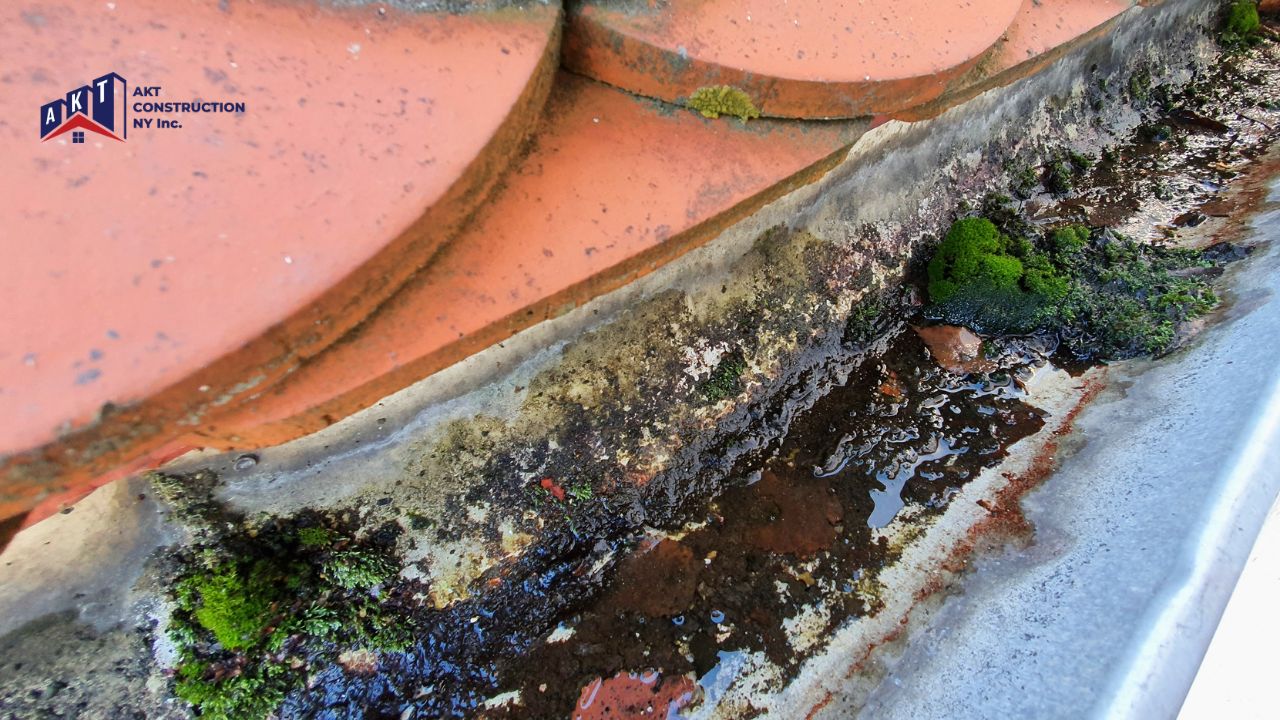Puja, a revered practice in many cultures, especially within Hinduism, serves as a bridge between the spiritual and the material world. It involves various rituals and offerings to deities, seeking blessings, guidance, and a deeper connection with the divine. For those who engage in puja regularly, having the right items on hand is essential. This is where puja kits come into play, providing a comprehensive solution for every religious occasion. In this article, we’ll explore what essential puja kits include, their significance, and how to choose the right one for your needs.
Understanding Puja Kits
A puja kit is essentially a collection of items needed to perform a puja. These kits can vary widely in terms of content, depending on the occasion, the deity being worshipped, and personal preferences. While traditional items may be included, many modern kits also offer convenience and customization options.
Why Use a Puja Kit?
- Convenience: Having all essential items in one kit saves time and effort in preparation.
- Consistency: Regular use of the same kit helps maintain a consistent spiritual practice.
- Accessibility: For those new to puja, kits provide an easy entry point, simplifying the process.
- Variety: Many kits cater to specific festivals, occasions, or deities, allowing for diverse practices.
Components of a Basic Puja Kit
While the exact contents can differ, a basic puja kit typically includes the following items:
1. Puja Thali
The puja thali is a decorative plate that holds all the items used during the puja. It often features traditional motifs and can be made from various materials, including metal, wood, or ceramic.
2. Incense Sticks and Holder
Incense sticks are an integral part of puja rituals. They purify the air and create a serene atmosphere. A holder is essential to prevent ashes from spreading.
3. Diyas (Oil Lamps)
Diyas symbolize light and the removal of darkness. They are lit during puja to invite positivity and divine presence.
4. Flowers and Garland
Fresh flowers are often offered to deities as a sign of respect and love. They enhance the aesthetic and spiritual ambiance of the puja.
5. Rice and Raw Sugar
These are commonly used in rituals. Rice symbolizes abundance, while sugar represents sweetness in life. Both are often offered to deities during puja.
6. Sandalwood Powder
Sandalwood is believe to have purifying properties. It can be use to create a paste for applying on idols or as an offering.
7. Prasad Containers
Prasad, or sacre food, is offered to deities and later shared among devotees. Containers ensure hygienic handling and presentation.
8. Holy Water
Water, often from sacre rivers or blesse sources, is use in various rituals. It symbolizes purity and is used to cleanse both the space and the participants.
9. Deity Idols or Images
Many puja kits include small idols or images of popular deities. These serve as focal points for worship and meditation.
10. Prayer Book or Mantra Cards
A prayer book containing relevant mantras or hymns can guide worshippers through the rituals, especially for those who may be unfamiliar with the procedures.
Special Occasion Puja Kits
For specific festivals or occasions, specialized puja kits are available, tailored to the unique requirements of each event. Here are a few examples:
1. Navaratri Puja Kit
During the nine nights of Navaratri, devotees worship the goddess Durga. A Navaratri puja kit might include items like specific mantras, special offerings such as nine types of grains (Navadhanam), and decorations for the goddess.
2. Diwali Puja Kit
Diwali, the festival of lights, involves specific rituals such as Lakshmi Puja. A Diwali kit may contain items like gold and silver coins for offerings, special sweets for prasad, and diyas for illumination.
3. Makar Sankranti Puja Kit
This harvest festival requires offerings to the sun god. A Makar Sankranti kit might include sugarcane, til (sesame seeds), and a small idol of Surya.
4. Ganesha Chaturthi Kit
For the worship of Lord Ganesha, kits might include a clay idol, modaks (sweet dumplings), and vibrant decorations to celebrate the occasion.
Choosing the Right Puja Kit
When selecting a puja kit, consider the following factors:
1. Purpose and Occasion
Identify the specific occasion or purpose for which the kit will be use. Kits designed for particular festivals or deities are often more comprehensive and meaningful.
2. Quality of Materials
Check the quality of the items included. Eco-friendly materials, natural fragrances, and handcrafted items often add a touch of authenticity to the puja experience.
3. Customization Options
Some suppliers offer customizable kits where you can select items based on personal preferences. This can be especially useful for unique rituals or family traditions.
4. Size of the Kit
Choose a kit size that fits your needs. Smaller kits are great for personal use, while larger ones may be better for family gatherings or community celebrations.
5. Price and Value
Evaluate the price in relation to the quality and quantity of items provided. Sometimes, investing in a slightly more expensive kit can offer better materials and a more authentic experience.
Conclusion
Puja kits play a vital role in facilitating spiritual practices across various occasions. They offer convenience, enhance the experience of worship, and help maintain traditions in today’s fast-paced world. Whether you are a seasoned devotee or new to the practice, having an essential puja kit can enrich your spiritual journey and deepen your connection with the divine. By understanding the components and choosing the right kit for your needs, you can ensure that each puja is a meaningful and fulfilling experience. Embrace the beauty of ritual, and let your puja kit guide you in your spiritual endeavors.








